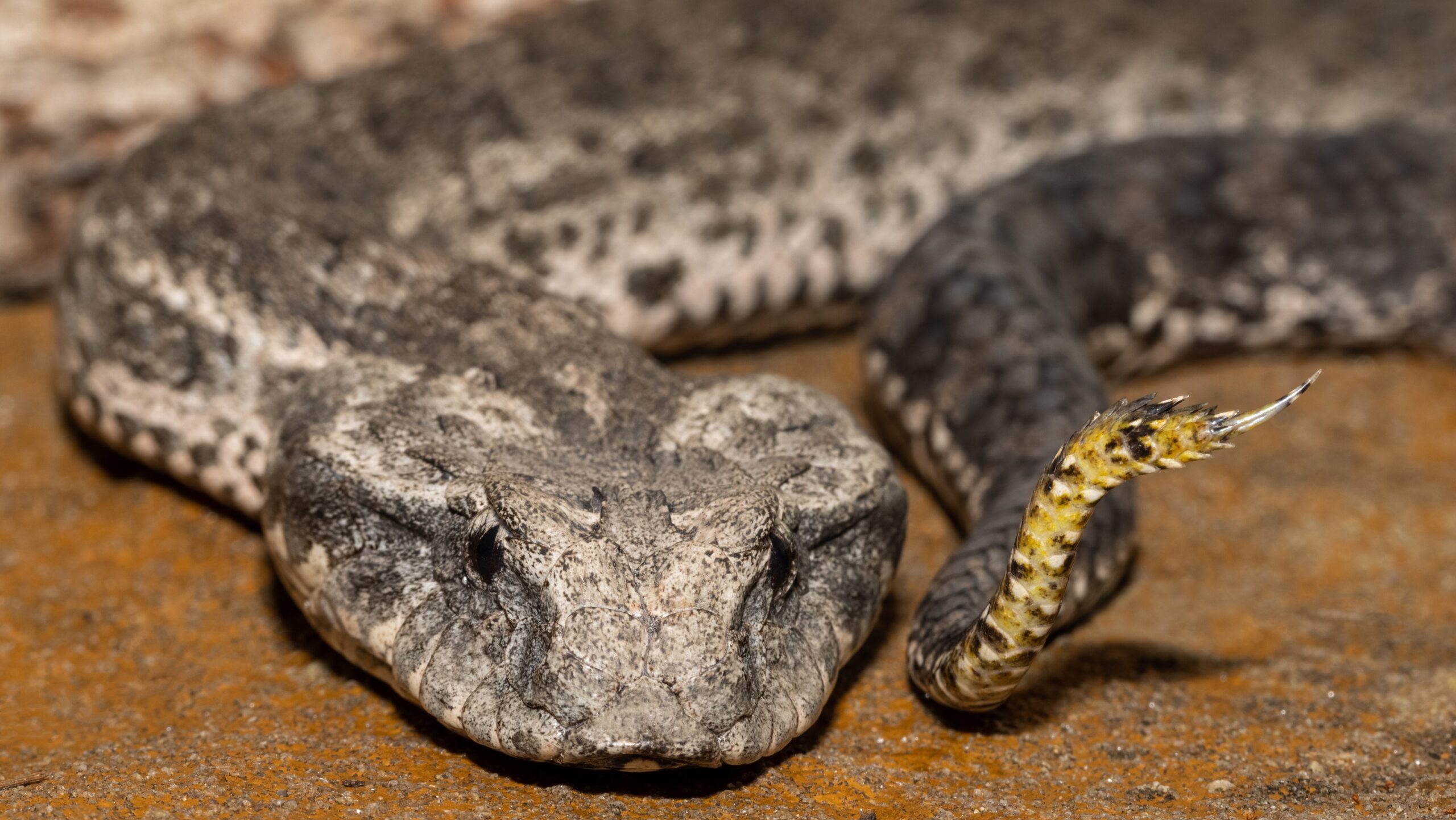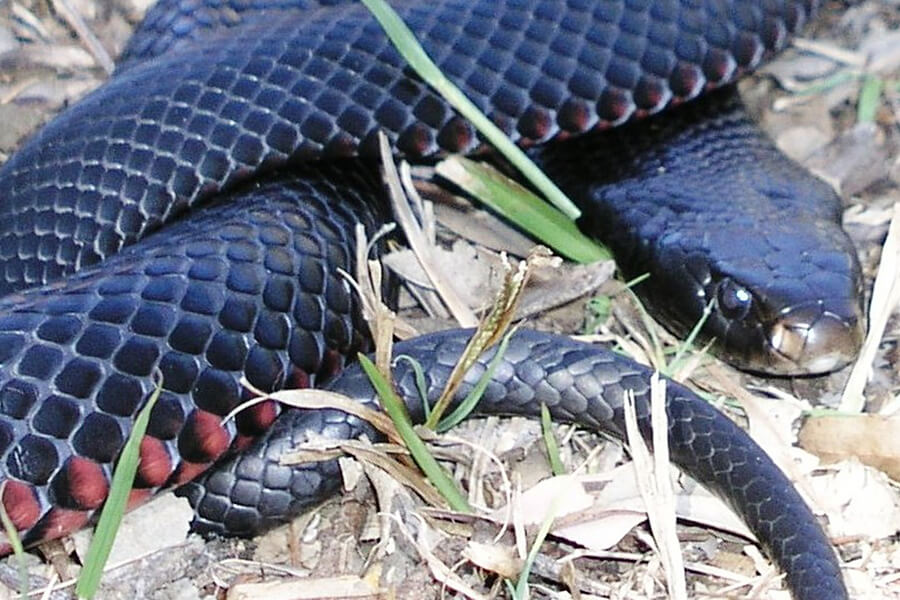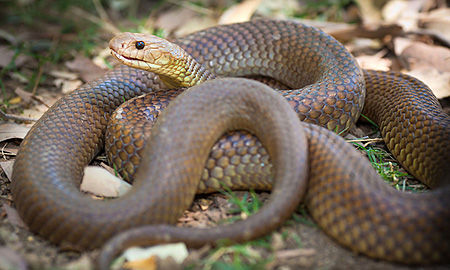Introduction
Tiger snakes are among the most widely known and been afraid reptiles in Australia, widely acknowledged for their striking look and powerful venom. This short article intends to delve into the details of the tiger snake's environment, distribution, habits, and what one can expect when running into these remarkable animals. By comprehending where to find them and just how to browse potential risks, you can value their function in the community while ensuring your safety.
Tiger Snake Environment: Where to Find Them and What to Expect
Tiger snakes are predominantly found in southeastern Australia, consisting of Tasmania, where they flourish in a variety of settings. Their flexibility enables them to live in diverse terrains such as seaside regions, wetlands, grasslands, and even metropolitan locations.
Geographical Circulation of Tiger Snakes
The geographical reach of tiger snakes prolongs throughout a number of Australian states. They are specifically usual in:

- Tasmania: The Tasmanian tiger serpent is among one of the most identified subspecies. Victoria: Located near water bodies like rivers and lakes. New South Wales: Liking bushland areas close to water sources. Western Australia: More commonly seen around swamps and estuaries.
Understanding the geographical circulation is vital for both conservation initiatives and public awareness relating to experiences with these snakes.
Preferred Habitats of Tiger Snakes
Tiger serpents grow in various habitats. Below are some regular settings where they may be located:
Wetlands: They favor marshy or marshy locations where they can access victim easily. Coastal Regions: Near coastlines or rough coastlines give bountiful food resources like fish and amphibians. Forested Areas: Dense understory offers shelter from killers while offering searching grounds.Behavioral Patterns Associated with Habitat
Understanding tiger serpent behavior within their habitats is vital for interaction management:
- Nocturnal Activity: Tiger snakes have a tendency to be more active throughout twilight hours (sundown and dawn), making them tougher to identify throughout daytime. Territorial Nature: They show territorial habits; therefore, it's paramount to appreciate their area if encountered.
This understanding can assist alleviate unwanted communications in between humans and tiger snakes.
Are Tiger Snakes Venomous?
Yes, tiger snakes types of black snakes in Australia are certainly poisonous. Their poison has neurotoxins that can trigger paralysis and even fatality if untreated.
What Makes Their Poison Dangerous?
The potency of a tiger serpent's poison varies relying on several elements:

- Geographic location Individual health Quantity injected throughout a bite
Symptoms of a Tiger Serpent Bite
Recognizing signs early is essential:
- Pain at the bite site Swelling Difficulty breathing
Immediate clinical interest is necessary if bitten.
First Help for Serpent Bites
Knowing first aid procedures can be lifesaving in situation of a snake bite.
First Help Steps for Snake Bites
Stay tranquility; maintain the afflicted area still. Call emergency situation services immediately. Apply a pressure bandage above the bite site. Keep the private lying down till help arrives.Following these actions can substantially improve end results following a snake types of dangerous snakes encounter.
Where Else Can You Run Into Tiger Snakes?
While they're usually located in their all-natural habitats, urbanization has actually resulted in enhanced encounters with humans.
Urban Encounters
Tiger snakes might venture into gardens or parks searching for food or water sources.
Precautions When Hiking or Exploring
When checking out locations understood for tiger snake habitats:
- Wear thick boots Stay on paths Be vigilant
Taking these safety measures will assist minimize dangers while you take pleasure in nature.
Baby Tiger Snakes: A Distinct Point Of View on Growth
Just like grownups, child tiger Behavior of venomous snakes snakes are born venomous yet smaller in size.
Characteristics of Baby Tiger Snakes
- Size: Usually around 20-- 30 centimeters when born. Appearance: Sport similar pigmentation as adults but might have lighter bands initially.
Understanding their growth aids in appreciating their environmental role from early stage onward.
FAQs regarding Tiger Snakes
1. Are all tiger snakes venomous?
Yes, all varieties of tiger snakes possess venom with the ability of creating severe harm.
2. Just how can I identify a tiger snake?
Look for distinctive banding patterns ranging from yellowish-brown to blackish shades along their bodies; adults generally grow between 1-- 2 meters long.
3. What ought to I do if attacked by a tiger snake?
Seek immediate clinical focus; use emergency treatment steps as gone over earlier while maintaining calm.
4. Do child tiger snakes position any danger?
Absolutely! Regardless of their little dimension, infant tiger snakes are still venomous and can deliver attacks that need significant medical attention.
5. Are there any type of particular habitats I should avoid?
Avoid walking through dense underbrush or near stationary water where problems prefer serpent presence during warmer months.

6. Exactly how do conservation initiatives affect tiger serpent populations?
Conservation efforts focus on environment preservation which straight influences population stability by guaranteeing sufficient food sources and secure reproduction locations.
Conclusion
In recap, understanding "Tiger Snake Environment: Where to Discover Them and What to Anticipate" not just enriches our expertise concerning these amazing reptiles yet also boosts our capacity to exist together safely with them in shared atmospheres. From acknowledging their preferred habitats to understanding exactly how to react successfully if bitten, thorough knowledge encourages us all-- whether we're wildlife enthusiasts or casual walkers-- to appreciate this fascinating aspect of Australia's natural heritage while prioritizing our safety.
This write-up acts as a considerable guide on whatever related to tiger serpent environments! Whether you're a serious explorer or someone looking simply for details concerning these animals, recognizing just how they communicate within their ecological communities-- and just how we match that photo-- is crucial!